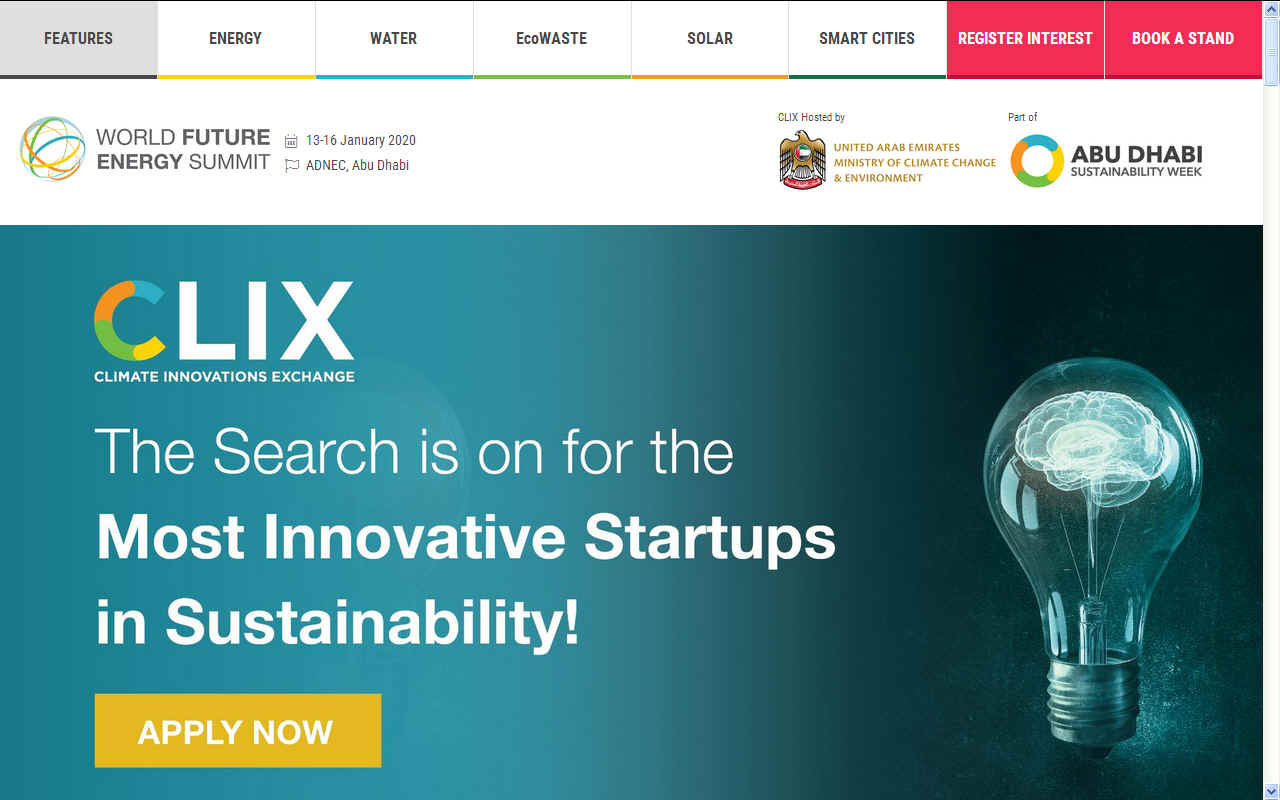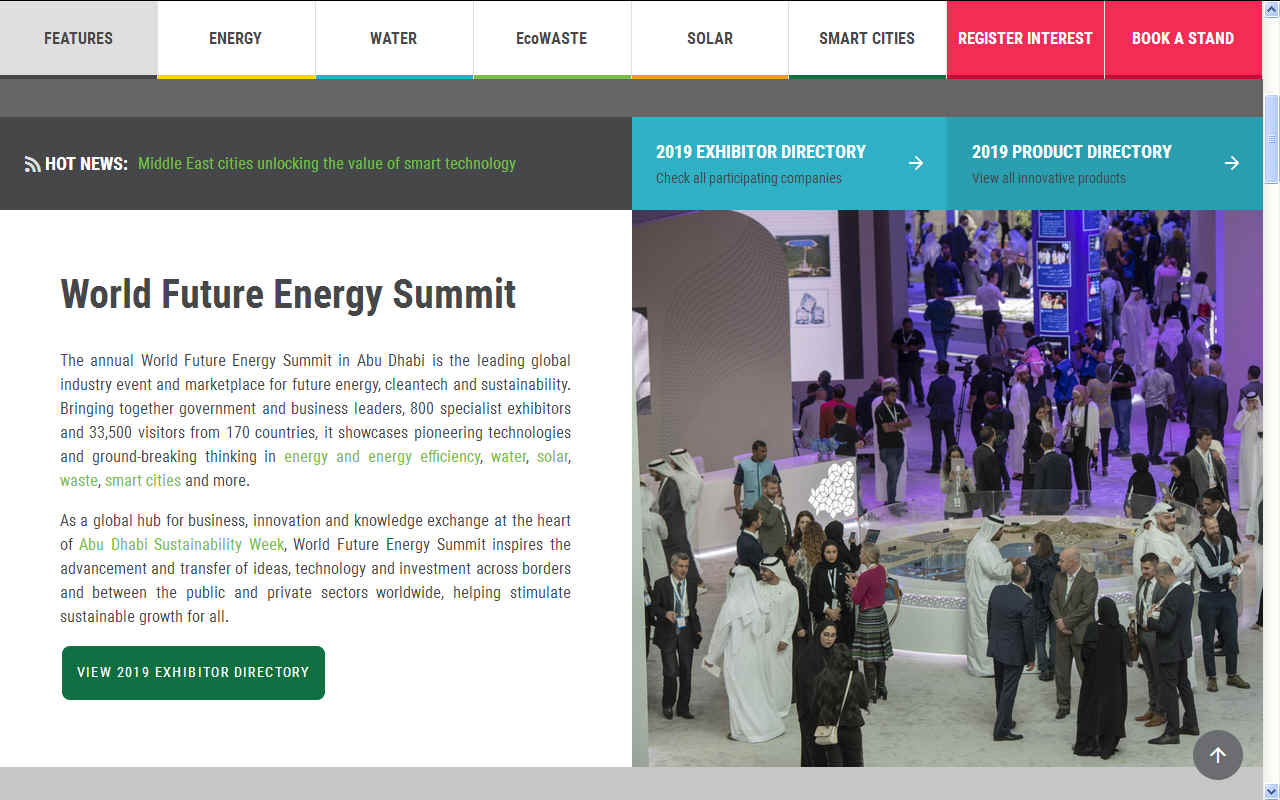|
GREEN ENERGY
Please use our A-Z INDEX to navigate this site where page links may lead to other sites, or see HOME
|
|
Green, or clean energy is any energy source that can be harnessed from nature, that excludes fossil fuels, where coal and oil may have been derived from nature many years previously. These forms of energy are sometimes termed renewable energy.
The forms that are natural to planet earth have provided for mankind as we developed into an intelligent species, such as solar light and heat, rain that fills hydro-electric dams, wind and waves. But we also learned to make fire and like burning things and things that go bang. Thus we also discovered oil, from which to make diesel and petroleum, for engines that rely on controlled explosions to drive pistons to make wheels turn. And yes, fast cars are fun, as are fast jet aircraft, but they also pollute. We also learned how to make dynamite and the atomic bomb, such that we could wipe out all life on the planet.
As humans became more intelligent, they built dams, learned to grow crops to make bio-fuels, tap into subsurface heat and even try and fuse atoms together. We formed alliances to prevent world war three and the use of nuclear weapons, but we forgot about polluting the air we breathe, as we pushed the accelerator pedal harder, to go faster. That was until someone noticed the ice caps melting and sea level rising.
But politicians did not notice, blinded by the money burning fossil fuels was making for their country. Politicians became dependent on burning things, basing economies on coal and then oil. It is an addiction that is hard to wean off, without going cold turkey - but that is what our politicians are enduring with policy shifts, all but those who are greedy, with eyes on world economic domination - where world war three (thermonuclear annihilation) is no longer attractive. The blockers at the moment are China (coal), India, Russia (gas and oil sales) and the USA. China and India, more as an economic battleground. Even Saudi Arabia is blocking progress, naturally, since they are sitting on huge oil reserves that are likely to be redundant once electric transport and alternative heating fuels take over. Ignoring the fact that their deserts are potential solar farms waiting to be harnessed.
Green energy
can be harnessed without harming the environment in a major way, but it
removes power from the oil barons. It is environmentally friendly and powers different systems while releasing very little or no toxic substances into the atmosphere.
Fusion power is a theoretical form of power generation in which energy will be generated by using nuclear fusion reactions from hydrogen to produce heat for electricity generation. In a fusion process, two lighter atomic nuclei combine to form a heavier nucleus, and at the same time, they release energy. Today this is just a pipedream. But what a dream if our engineers can make it work.
Biofuels have been researched using many different sources including ethanol and algae, these options are substantially cleaner than the consumption of petroleum. "Most life cycle analysis results for perennial and ligno-cellulosic crops conclude that biofuels can supplement anthropogenic energy demands and mitigate green house gas emissions to the atmosphere".
Geothermal can potentially lead to other sources of fuel, if companies would take the heat from the inner core of the earth to heat up water sources we could essentially use the steam creating from the heated water to power machines, this option is one of the cleanest and efficient options.
Hydro-electric which has been incorporated into many of the dams around the world, produces a lot of energy, and is very easy to produce the energy as the dams control the water that is allowed through seams which power turbines located inside of the dam.
With the amount of solar energy that hits the world in one hour there is enough energy to power the world for one year. With the addition of solar panels all around the world less pressure is taken off the need to produce more oil. Solar power can be photovoltaic panels to make electricity, or evacuated tubes to concentrate heat for hot water and central heating.
The power of the waves can be harnessed with electricity generators of various designs. Rivers can have water turbines installed to capture tidal energy and there are boats that propel themselves just from the movement of the waves.
Wind power or wind energy is the use of air flow through wind turbines to provide the mechanical power to turn electric generators and traditionally to do other work, like milling or pumping. Wind power is a sustainable and renewable alternative to burning fossil fuels, and has much less effect on the environment.
THE IMPORTANCE OF GREEN ENERGY
1. Renewable, sustainable, and dependable: Green energy will not run out because it naturally replenishes. Fossil fuels run dry when each well is exhausted, meaning more oil exploration and spills. Green energy, on the other hand, is renewable and can be exploited without the fear of it running out. As long as the sun keeps shining, solar energy will be available. It is a sustainable and almost infinite source of energy that also provides energy security for nations.
2. Green energy reduces the dependence that countries have on fossil fuels. Relying on fossil fuel to power industries can have negative implications due to the absence of energy security. Wars and geopolitical tensions can lead to the disruption of oil production and create a shortfall in supply. Green energy provides consumers with alternative energy sources. It protects them from exploitation by monopolies that supply power to citizens. In countries where power interruptions are common, using green energy sources would provide a steady supply of power and energy.
3. Threats of global warming and climate change are real, and their effects are adverse. Scientists have been able to prove that climate change is not a myth but a reality. It is, therefore, important to prevent this phenomenon and keep the planet safer. Green energy results in less pollution and has minimal negative effects on the environment. It reduces the amount of greenhouse gases released into the atmosphere and minimizes the greenhouse effect. Going green would thus mitigate the effects of global warming and climate change.
4. Industrialization has led to an increase in the demand for more energy in industries and homes. This has also caused the negative impact of high levels of toxic substances and impurities in the atmosphere. Green energy reduces environmental pollution and keeps the planet clean. It results in improved human health due to minimal pollutants in the air that cause lung cancer.
5. Non-renewable energy is expensive because the supply is limited. It is also costly to put up the necessary infrastructure such as oil pipelines and maintain them. Green energy has lower maintenance and operating costs compared to non-renewable energy. A country can reduce annual expenditure on energy and channel the extra amount to critical development projects.
7.
Investing in green energy creates jobs for citizens and improves the economy. When putting up green energy projects, the local economy will also grow because individuals will find employment by working on the projects. Money is also invested locally rather than being spent on the purchase of expensive energy from other nations. It is a smart way to fuel the growth of the local economy while still keeping the planet green.
SIX STEPS TOWARD A COOLER PLANET
1. TRANSPORT: Phase out polluting vehicles. Government aims to end the sale of new petrol, and diesel vehicles by 2040 but have no infrastructure plan to support such ambition. Marine transport can be carbon neutral.
2. RENEWABLES: Renewable energy should replace carbon-based fuels (coal, oil and gas) in our electricity, heating and transport.
3. HOUSING: On site micro or macro generation is the best option, starting with new build homes.
4. AGRICULTURE: We need trees to absorb carbon emissions from a growing population, flying, and to build new homes. Reducing food waste and promoting less energy intensive eating habits such as no meat Mondays.
5. INDUSTRY: Factories should be aiming for solar heating and onsite renewable energy generation.
6. POLITICS: - National governing bodies need to adopt policies to eliminate administrative wastages, to include scaling down spending on war machines, educating the public and supporting sustainable social policies that mesh with other cultures. Curbing kleptocratic councils.
FUTURE ENERGY - The annual World Future Energy Summit in Abu Dhabi is the leading global industry event and marketplace for future energy, cleantech and sustainability. Bringing together government and business leaders, 800 specialist exhibitors and 33,500 visitors from 170 countries, it showcases pioneering technologies and ground-breaking thinking in energy and energy efficiency, water, solar, waste, smart cities and more. But with all those visitors to a location where air travel is inevitable, is it a climate friendly event?
LINKS & REFERENCE
https://www
|
|
|
This website is provided on a free basis as a public information service. copyright © Climate Change Trust 2021. Solar Studios, BN271RF, United Kingdom.
|



